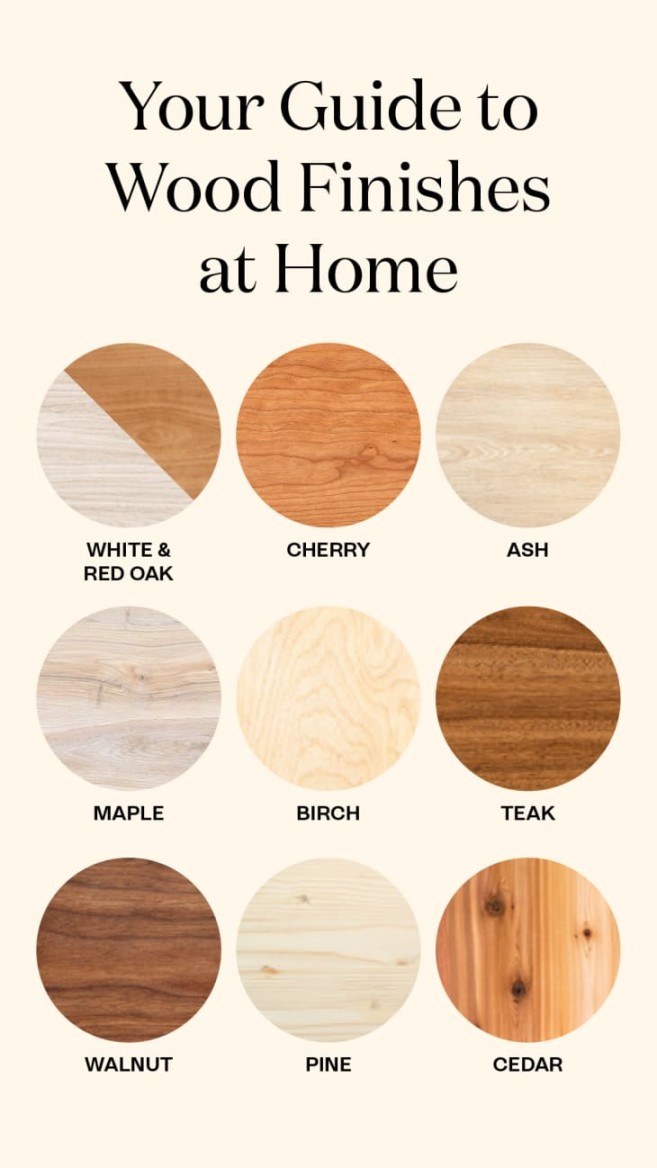Choosing the Right Wood for Your Furniture Masterpiece
The type of wood you select plays a crucial role in the aesthetics, durability, and functionality of your furniture. With countless options available, navigating the world of lumber can be daunting. Fear not, wood enthusiast! This guide delves into the top choices for furniture making, empowering you to craft pieces that stand the test of time.

For furniture that demands resilience, hardwoods reign supreme. Oak, known for its robust nature and distinctive grain patterns, is a classic choice for tables, chairs, and cabinets. Walnut, with its rich chocolate hues and tight grain, exudes elegance, making it ideal for dressers, countertops, and heirloom pieces. Maple boasts exceptional strength and a light, creamy color, perfect for modern and Scandinavian-inspired designs.
Softwoods offer a budget-friendly alternative while maintaining good workability. Pine, available in various grades, is popular for its affordability and ease of finishing. However, its susceptibility to dents necessitates careful use. Poplar, with its fine, even grain and paint-friendly surface, is a versatile choice for cabinets, doors, and trim. Cedar, known for its natural resistance to insects and moisture, excels in outdoor furniture and accents.
Engineered wood products like plywood and MDF offer a sustainable and cost-effective option. Plywood’s layered construction ensures stability and resistance to warping, making it ideal for cabinet carcasses and shelves. MDF, with its smooth, uniform surface, is perfect for painting and eignet sich gut für cabinets, doors, and trim.
The best wood for your project depends on several factors:
Function: Consider the intended use of the furniture. High-traffic areas demand robust hardwoods, while decorative pieces can utilize softer options.
Selecting the right wood for your furniture project is an exciting step towards creating a lasting masterpiece. By understanding the properties and characteristics of different wood types, you can make an informed decision that aligns with your functional and aesthetic needs. Remember, experimentation is key! Explore different wood options, and don’t be afraid to get creative to craft furniture that reflects your unique style and vision.

